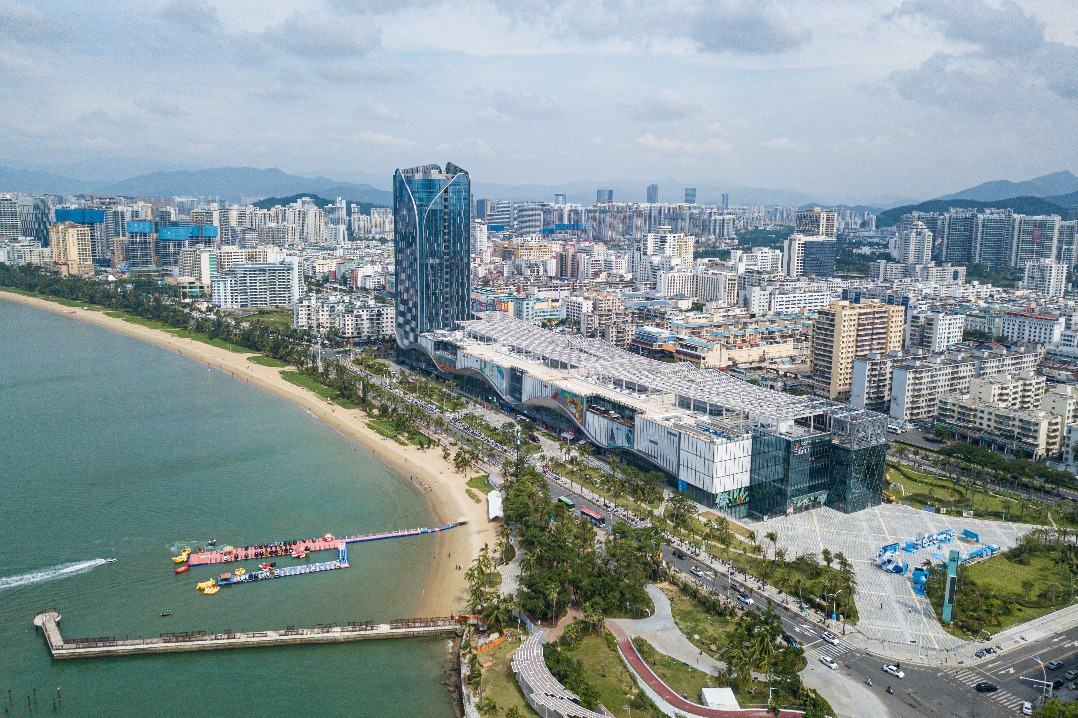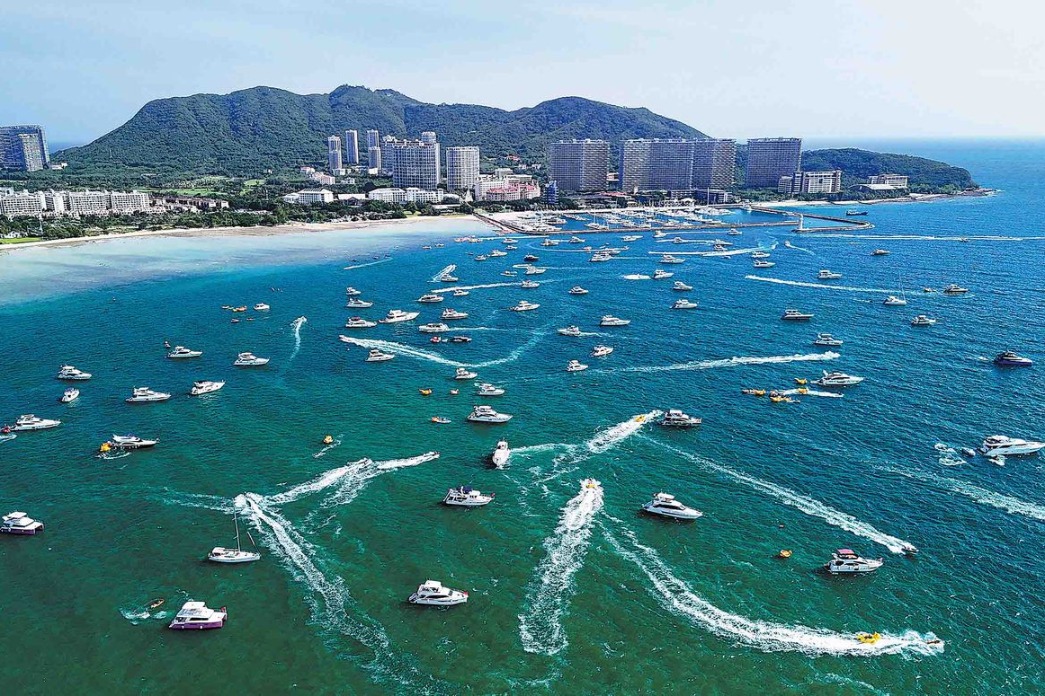Asia cooperation to counter coercion
The challenge in 2023 is for the region to avoid being provoked into a conflict that undermines the improvement of trade relationships


The challenge in 2023 is for the region to avoid being provoked into a conflict that undermines the improvement of trade relationships
In 2022, Asia consolidated the trade architecture in the Association of Southeast Asian Nations region. In 2023, this achievement is threatened by US and European military coercion, supported by an increasingly aggressive Japan.
The improved trade environment was supported by China and reflects China's belief in the global rules-based order as administered through the United Nations. This approach stands in contrast to the methods used by the United States, which rest on developing military alliances rather than cooperative trade relationships.
The statement of cooperation in the ASEAN meeting hosted by Cambodia was a rejection of those who seek to divide the region into supporters and opponents. The meeting identified three important elements, namely the strengthening of ASEAN capacity and effectiveness, ASEAN unity, and ASEAN centrality. The practical application of this cooperative approach is provided by the Regional Comprehensive Economic Partnership agreement, which unites the region in the world's largest trade agreement.
Asia's ability to maintain a peaceful and stable development environment depends first on avoiding armed conflict. This is achieved by building sound relationships based on trade and mutual respect. These are relationships free from the ideological straitjacket that disfigures the US-led solutions.
China supports this approach through active participation in regional forums and organizations. This includes the Regional Comprehensive Economic Partnership, ASEAN and Asia-Pacific Economic Cooperation regional forums and the inclusive objectives of the Shanghai Cooperation Organization summit. These are all consistent with the Global Development Initiative which rests on the equality of trade. These mechanisms set the trade context.
Another challenge which lies in the way is that the US uses questionable "security" grounds to limit, prohibit and constrain trade. Many of these actions have been ruled illegal by the World Trade Organization, but the US has ignored these observations as it does its best to undermine the WTO's role in the global rules-based order.
This US-led destruction is countered by the growth of trade pacts and agreements created in the spirit of the UN, which deliver a more powerful role in setting the trade environment. The ASEAN/China/India region is home to about 65 percent of the world's population and the cooperative agreements encompass about 46 percent of international trade.
The region is in no mood for a return of Japan's expanding military aspirations. The region supports the wide adoption of standards and processes in a way that is consistent with the WTO and the UN.
The sheer growth in population, economic activity, and wealth delivers a powerful alternative to the stagnating markets of the US and Europe. The growth of this region is undeniable and facilitates trade that is not distorted by unilaterally imposed sanctions.
The US counter response with the "Indo-Pacific Economic Framework for Prosperity" is poorly funded and a thinly veiled cover for coercive activity. The IPEF offers little economic advantage and threatens the freedom of trade and development necessary for regional development.
The battle for influence in these regional organizations will be about standards for the digital economy as they are used in the region. Some, like Australia and Japan, will try to impose US standards with their inherent limitations created by security-based sanctions and prohibitions. China, where necessary, will offer alternatives in cross-border transactions, Chinese digital currency settlement, blockchain certainty in trade processes and other advanced aspects of the 5G and AI digital economy.
China already shares this digital operating environment, facilitating cross-border Chinese digital currency yuan transactions with speed, efficiency, and with less political risk. The Society for Worldwide Interbank Financial Telecommunications dollar settlement system in contrast has been weaponized by the United States and can, at a stroke of a presidential pen, stifle free trade.
That's a risk ASEAN is not prepared to take, so the impetus is for the development of freely available and unconstrained digital processes that do not depend on a few ultra-rich persons. These are designed to deliver real benefits to the region, not just in trade, but in the provision of services to the vast numbers of the "unbanked" in the region. These are the poor who rely on the cash economy because they have no access to the formal banking system.
China was successfully active in building the regional trade and economic architecture in 2022. China delivered elements of the Global Development Initiative and the Belt and Road Initiative free from the shackles of military alliance and ideological compliance. This is an approach which counters the unbalanced global order by offering friendship rather than requiring military alliances.
These are perhaps the most important pieces in a fully functional regional trade architecture. China laid firm foundations on which to expand this in 2023. The US, as former Australian prime minister Kevin Rudd points out, is wedded to a military-style solution that largely ignores trade and economy.
The US has launched three security policy documents including the National Security Strategy by the end of 2022. Japan has followed with concerted attacks on its pacifist constitution.
Asia has placed its faith in the global institutions of the rules-based order and this faith is backed by expanding markets and economic power. In 2023, China will continue to build these regional and global relationships on the basis of free trade that is consistent with the objectives of the UN and the regulatory structure of the WTO.
The challenge in 2023 for Asia and China is to avoid being provoked into a conflict that undermines the improvement of trade relationships needed to maintain a peaceful and secure regional environment.
The author is an international financial technical analyst and a national board member of the Australia China Business Council. The author contributed this article to China Watch, a think tank powered by China Daily. The views do not necessarily reflect those of China Daily.
Contact the editor at editor@chinawatch.cn.


































